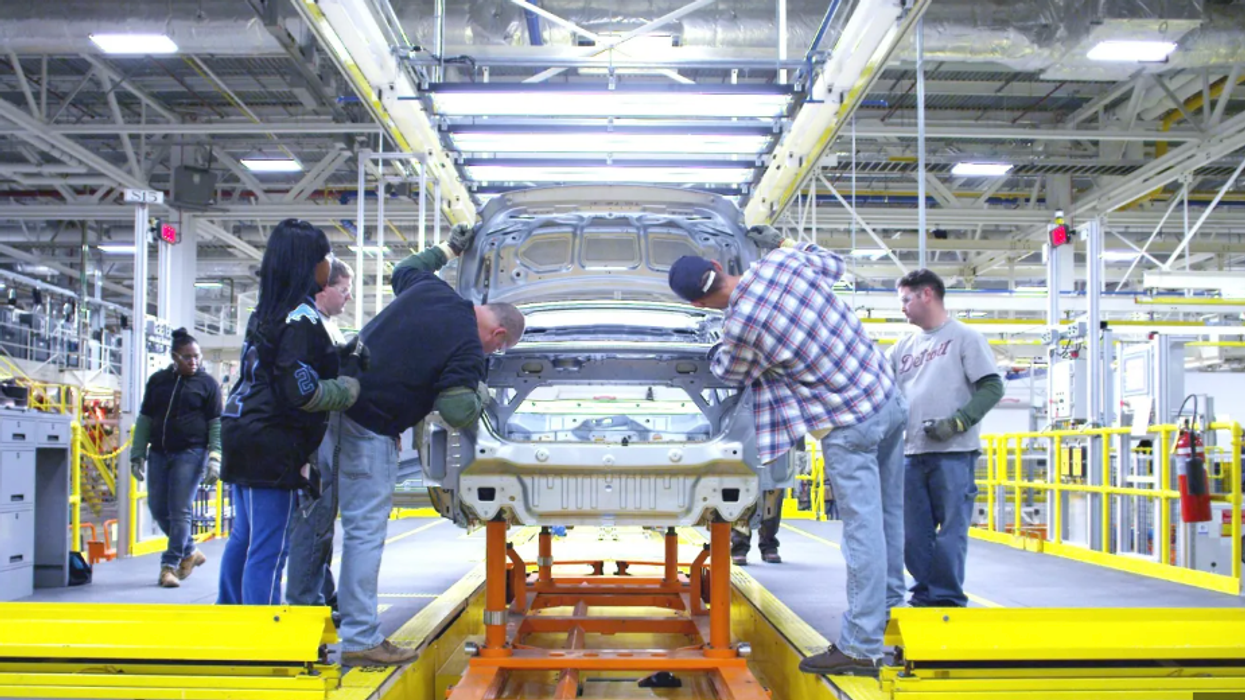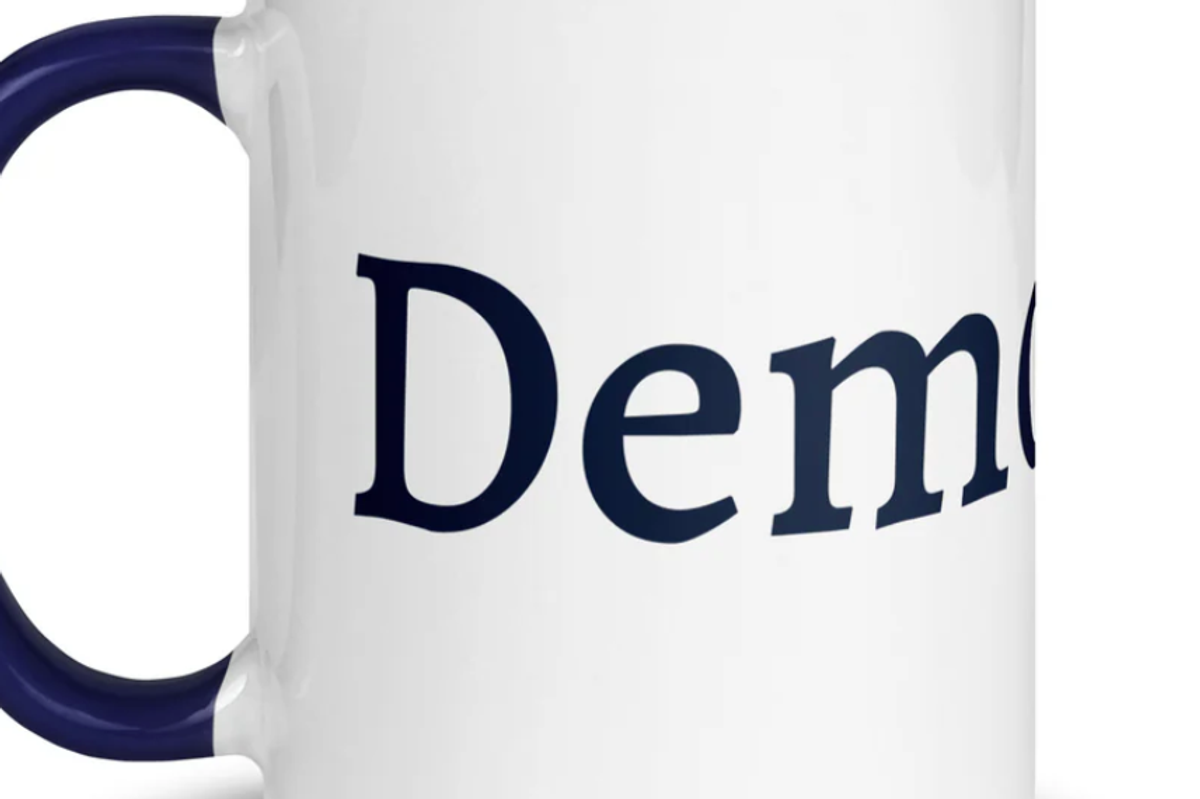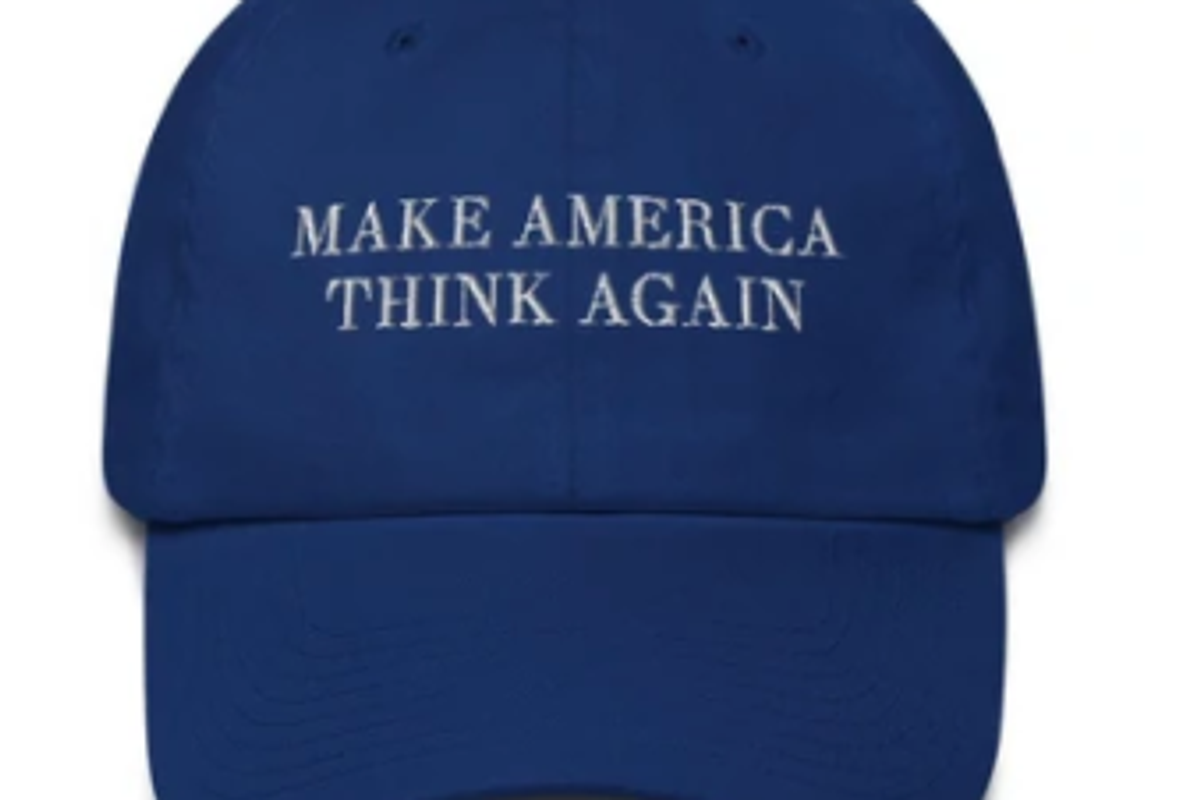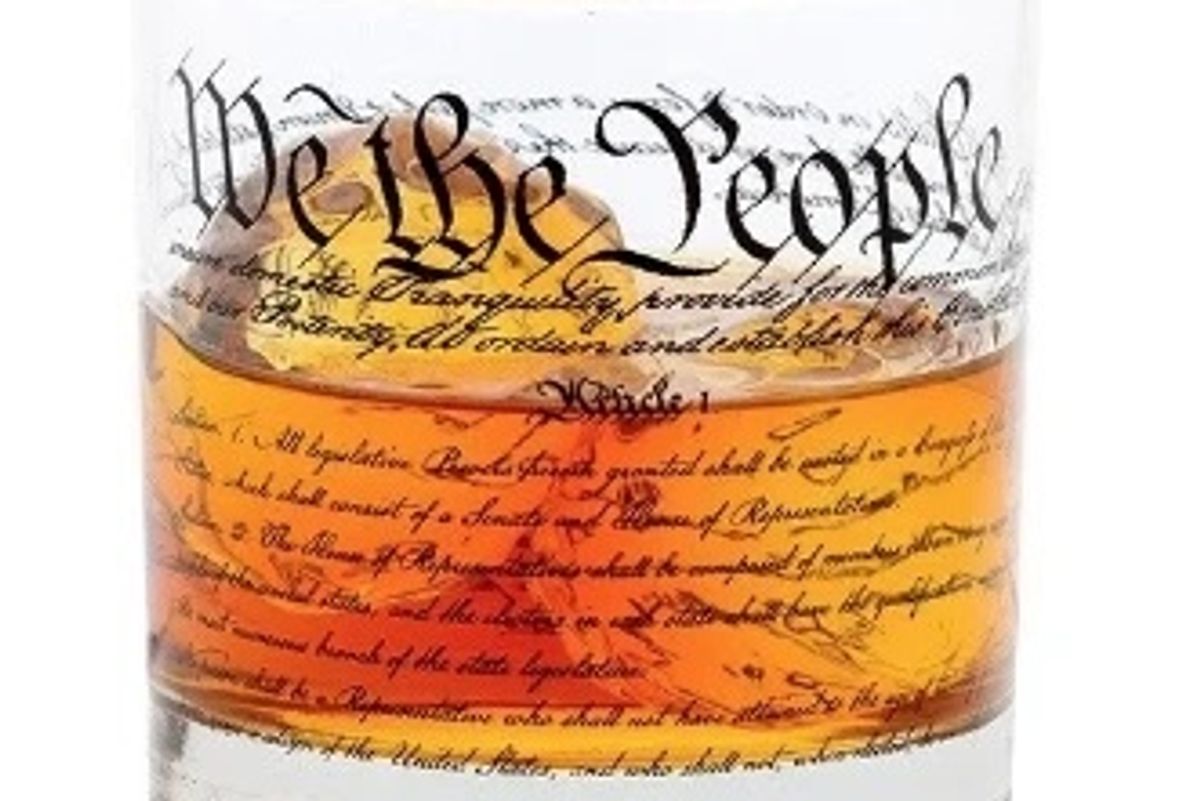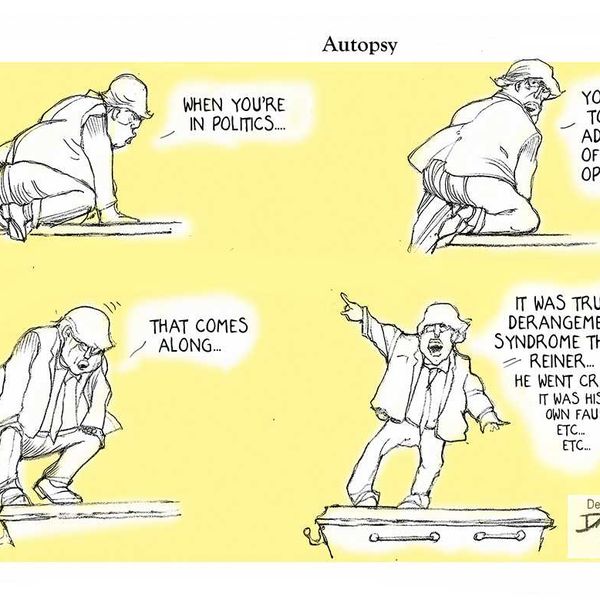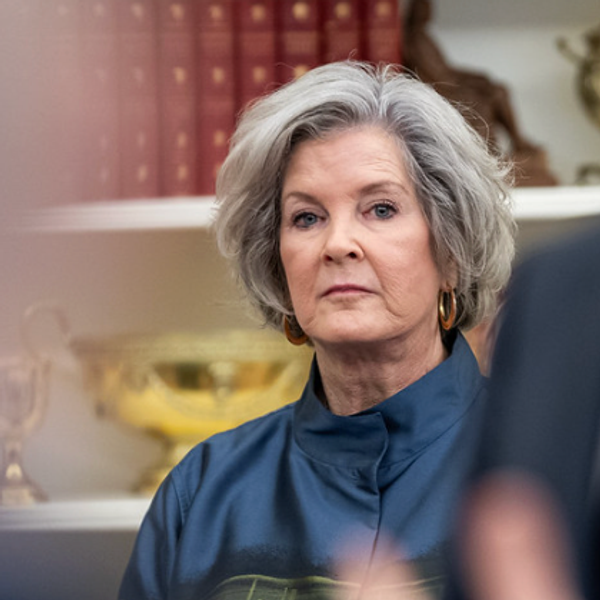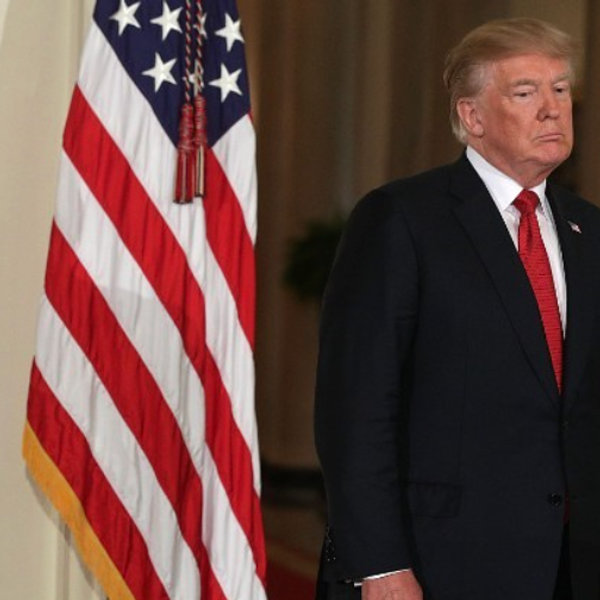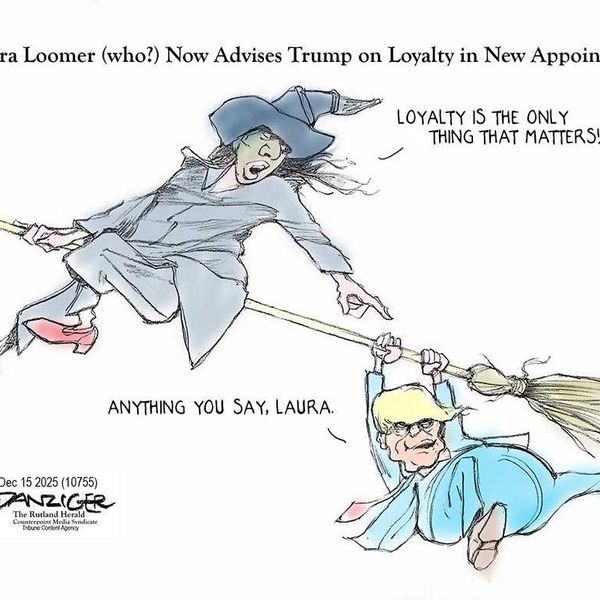Trump Tariffs Are Already Throwing Americans Out Of Their Jobs
On Thursday —one day after President Donald Trump’s self-branded "Liberation Day"— 900 auto workers in Michigan and Indiana were “liberated” from their jobs, thanks to Trump’s new tariffs.
Stellantis NV, which manufactures Ram trucks and Jeeps, announced on Thursday that 900 U.S. workers across five facilities were being temporarily laid off, directly citing Trump’s 25% tariffs on imported cars as the cause.
"With the new automotive sector tariffs now in effect, it will take our collective resilience and discipline to push through this challenging time. But we will quickly adapt to these policy changes and will protect our company, maintain our competitive edge and continue delivering great products to our customers,” Antonio Filosa, chief operating officer of Stellantis North America, said.
The news broke as Commerce Secretary Howard Lutnick appeared on CBS News to declare that employment will boom because of Trump's sweeping tariffs.
"You're going to see employment leaping starting today," he said.
Meanwhile, economists were lighting their hair on fire to warn just how damaging Trump's tariff policy will actually be.
“Monstrously destructive, incoherent, ill-informed tariffs based on fabrications, imagined wrongs, discredited theories and ignorance of decades of evidence. And the real tragedy is that they will hurt working Americans more than anyone else,” Justin Wolfers, an economics professor at the University of Michigan, wrote on X.
And, with approximately 134 million households across the United States, Trump’s tariffs will amount to a $5,000 tax increase on every household, according to Wolfers.
The stock market is also responding in kind, with the markets losing more than 3% of their value since Thursday's opening bell.
Democrats, for their part, are calling on their congressional Republican counterparts to stand up to Trump and demand that he rescind his tariffs and put an end to the economic destruction.
"Trump’s idiotic economic policies are driving the world toward a global downturn. Instead of lifting a finger to stop it, House Republicans canceled votes after less than 24 hours of work this week & went home—refusing to stand up to Trump while American families pay the price," Democratic Rep. Jerry Nadler of New York wrote on X.
In a surprising move, four Senate Republicans joined Democrats in rebuking Trump’s tariffs on Canada Wednesday, but the House is not expected to move on that legislation, which Trump said he would veto anyway.
And on Thursday, Republican Sen. Chuck Grassley of Iowa joined Democratic Sen. Maria Cantwell of Washington in introducing a bill that would require the president to notify Congress of tariffs, allowing Congress 60 days to approve or deny them.
“For too long, Congress has delegated its clear authority to regulate interstate and foreign commerce to the executive branch. Building on my previous efforts as Finance Committee Chairman, I’m joining Senator Cantwell to introduce the bipartisan Trade Review Act of 2025 to reassert Congress’ constitutional role and ensure Congress has a voice in trade policy,” their news release said.
But even if this passes in the Senate, it’s difficult to see it passing in the House or avoiding a veto from Trump, who has shown no signs of lifting his tariffs.
“I don't think there's any chance Trump is gonna back off his tariffs,” Lutnick said on CNN. “This is the reordering of global trade.”
Reprinted with permission from Daily Kos.

